When it comes to the avian world, size matters, especially when considering the wingspan of these magnificent creatures. Birds have evolved to occupy various ecological niches, and some of them have developed wingspans that can leave us in awe. In this article, we’ll explore the Top 10 Largest Birds in the World by Wings , showcasing their unique adaptations and habitats.
1. Albatross

The wandering albatross (Diomedea exulans) holds the record for the largest wingspan of any bird, reaching an impressive 12 feet (3.6 meters) from tip to tip. These remarkable seabirds are known for their gliding ability, often covering thousands of miles over open oceans with minimal energy expenditure. Their wings are adapted for dynamic soaring, allowing them to harness wind currents effectively. Wandering albatrosses can spend years at sea without landing, a testament to their remarkable adaptation to marine life.
2. Andean Condor
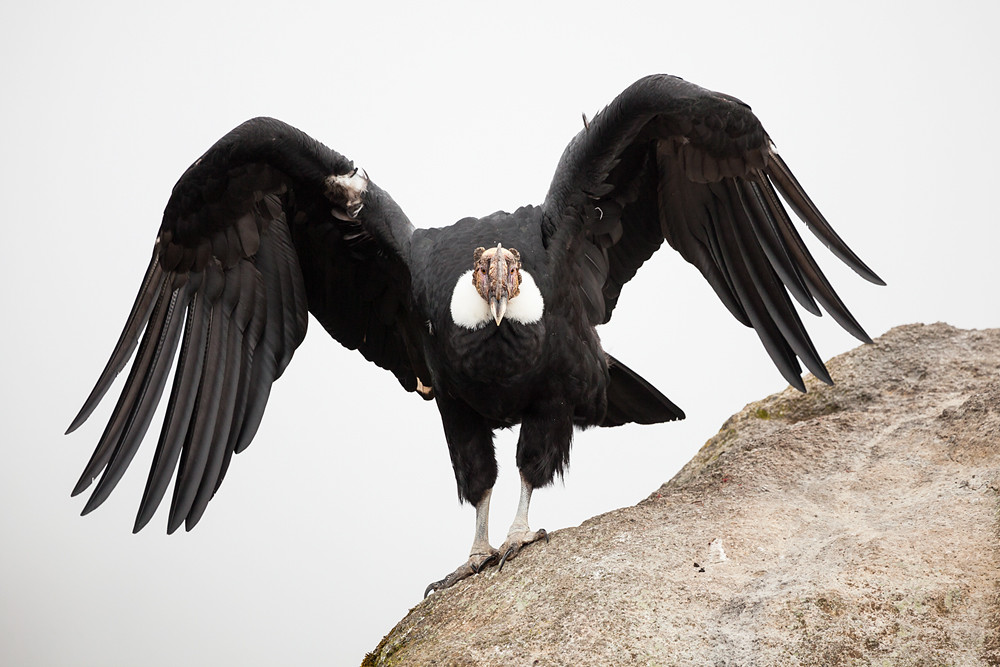
The Andean condor (Vultur gryphus), native to South America, boasts a wingspan of up to 10.5 feet (3.2 meters). Known for its majestic flight over the Andes mountains, this bird is a symbol of power and freedom in many cultures. The Andean condor primarily feeds on carrion, using its keen eyesight to spot food from great heights. With its impressive wingspan, it can soar effortlessly on thermal updrafts, conserving energy while covering vast distances.
3. California Condor
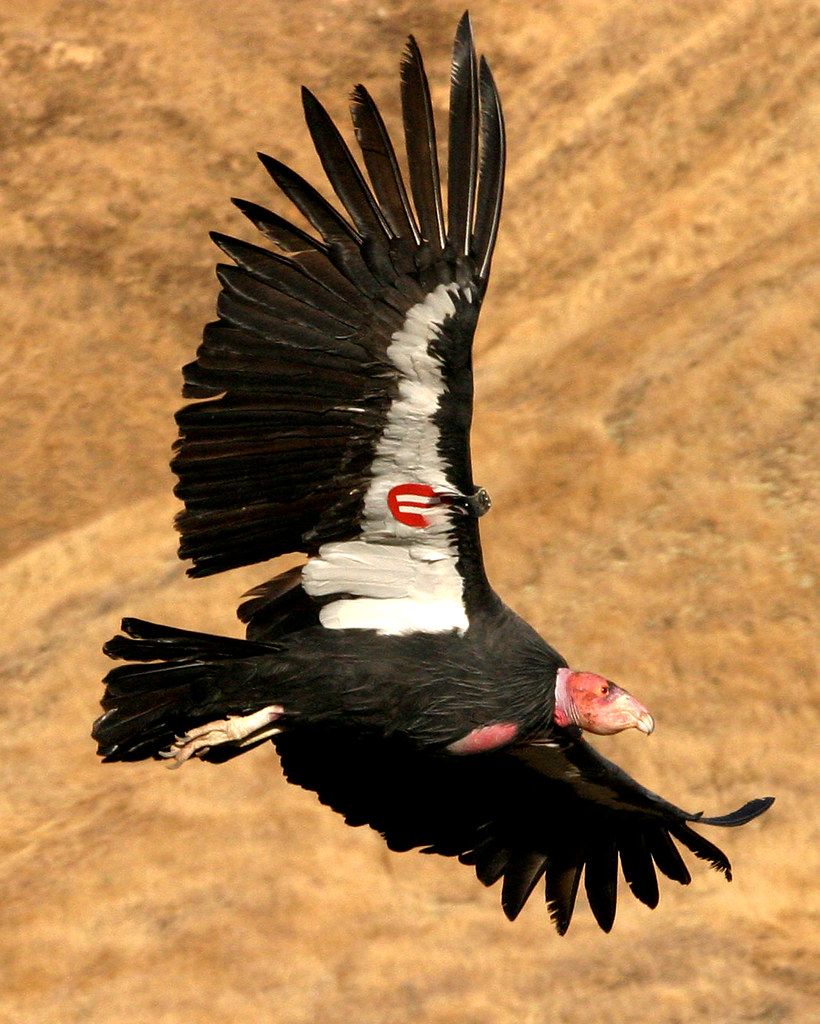
Another member of the condor family, the California condor (Gymnogyps californianus), has a wingspan of about 9.8 feet (3 meters). Once on the brink of extinction, conservation efforts have helped increase its population. These birds are scavengers, primarily feeding on large carcasses. The California condor’s wingspan allows it to glide efficiently, making long flights in search of food. They play a crucial role in their ecosystem by cleaning up dead animals.
4. Wandering Albatross
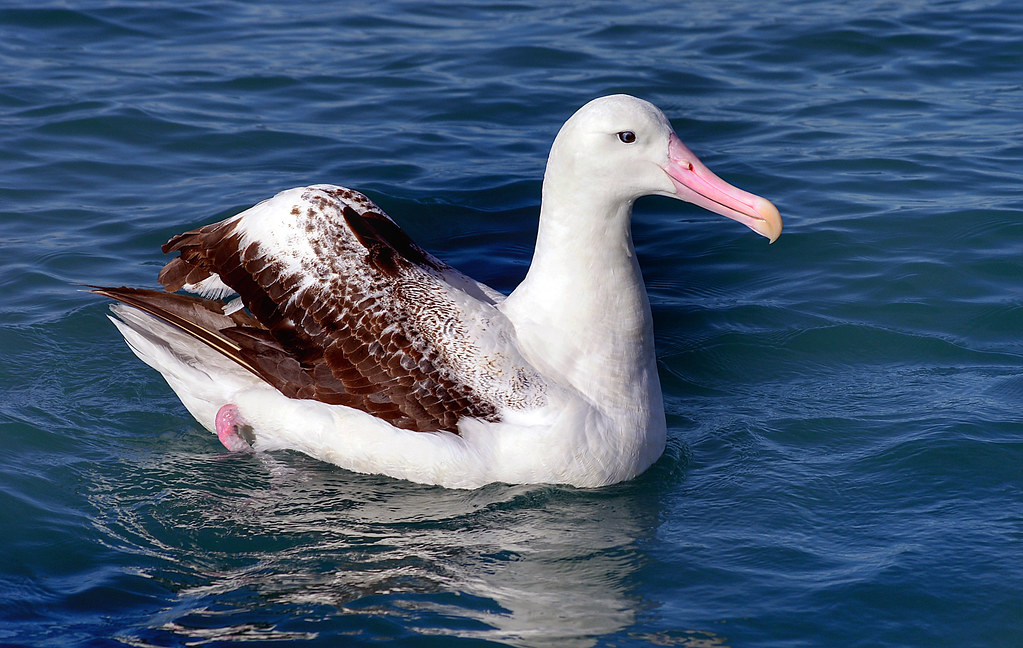
While the wandering albatross is often mentioned alone, it deserves special recognition for its remarkable flight capabilities. These birds can glide for hours without flapping their wings, utilizing wind currents and thermal updrafts to travel long distances. Their long, slender wings make them masters of flight, able to cover vast areas of ocean with grace and efficiency.
5. Grey-headed Albatross
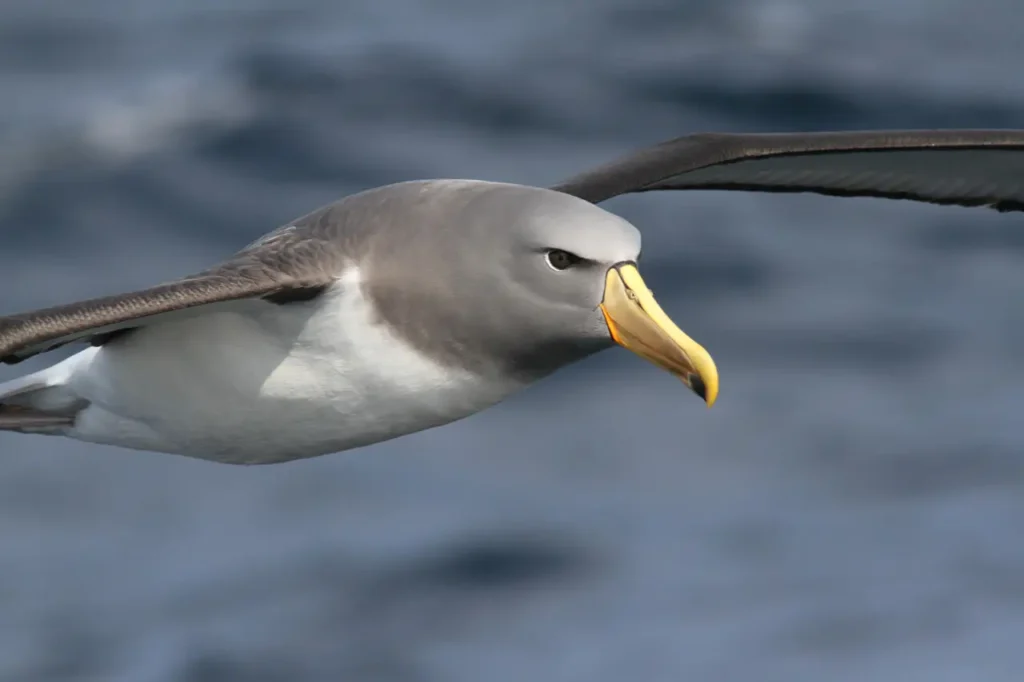
Similar to the wandering albatross, the grey-headed albatross (Thalassarche chrysostoma) has a wingspan of approximately 8.5 feet (2.6 meters). These birds are found in the Southern Ocean and are known for their striking grey heads and large size. Like their cousins, grey-headed albatrosses are excellent gliders, often spending years at sea. Their wings are adapted to withstand harsh weather conditions, allowing them to thrive in one of the world’s most challenging environments.
6. Marabou Stork
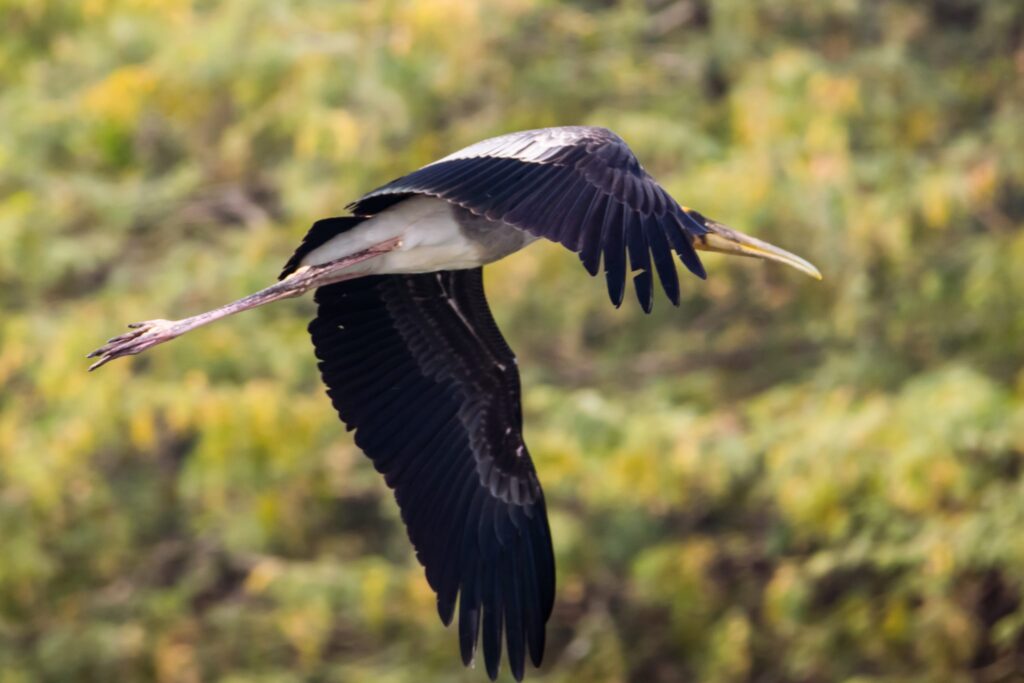
The marabou stork (Leptoptilos crumenifer) may not be as graceful as some of its feathered counterparts, but it boasts a wingspan of about 10.5 feet (3.2 meters). Found in Africa, this large bird is often seen near water bodies, scavenging for food. Its wide wings are adapted for soaring, allowing it to cover large areas in search of carrion. Despite its somewhat ungainly appearance, the marabou stork is a vital part of its ecosystem, contributing to the scavenger food web.
7. Common Crane

The common crane (Grus grus) is a migratory bird with a wingspan of about 7.5 feet (2.3 meters). Known for its elegant dances and loud calls, this bird can be found in wetlands across Europe and Asia. Common cranes are highly social, often seen in large flocks during migration. Their long wings and strong flight muscles allow them to travel long distances, sometimes covering over 1,000 miles in a single flight.
8. Great Egret
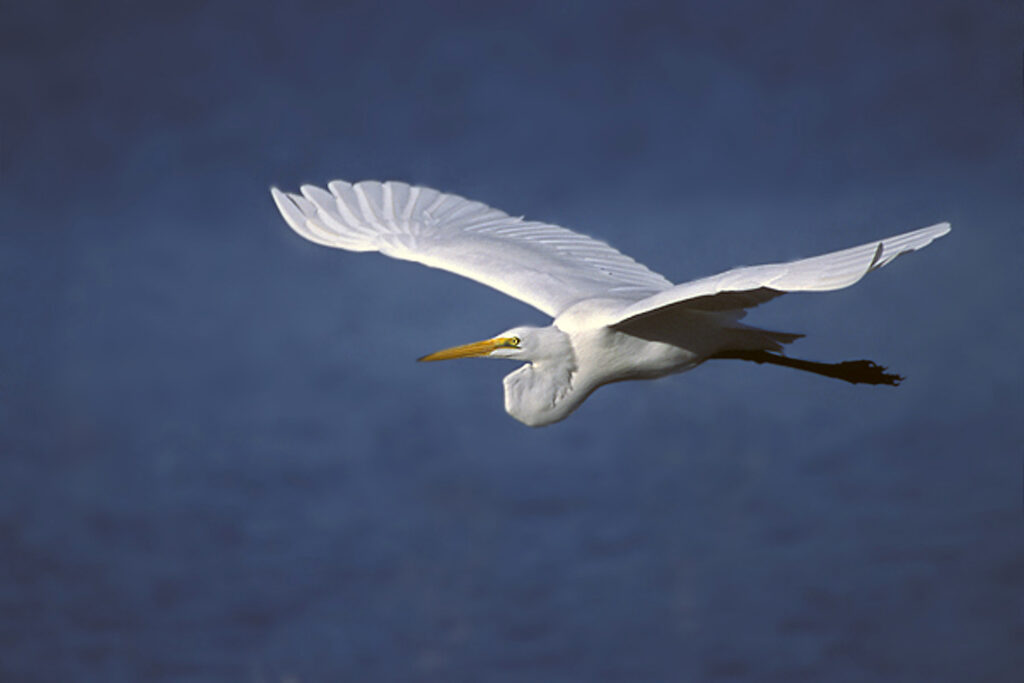
The great egret (Ardea alba), with a wingspan of about 6.5 feet (2 meters), is a striking bird known for its beautiful white plumage and long neck. Found in wetlands and coastal regions around the world, these birds are skilled hunters, using their keen eyesight to catch fish and small amphibians. The great egret’s wings are designed for both soaring and maneuvering through dense vegetation, making it an adept predator in its habitat.
9. Dalmatian Pelican
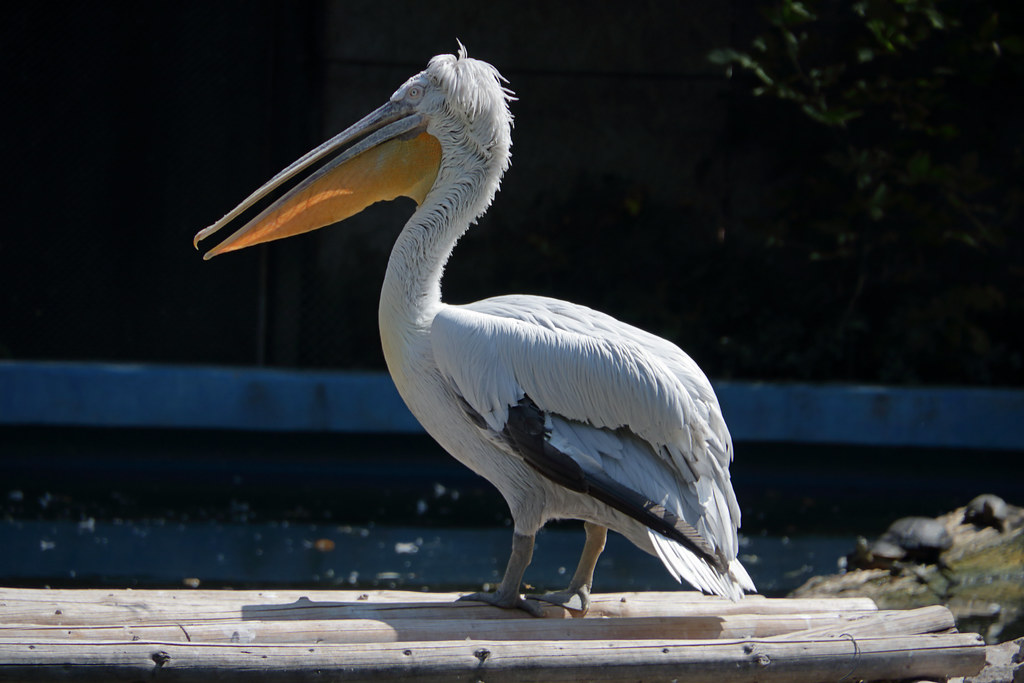
The Dalmatian pelican (Pelecanus crispus) has a wingspan of around 9.8 feet (3 meters), making it one of the largest pelican species. Found in parts of Europe and Asia, this bird is easily recognizable by its large bill and striking plumage. Dalmatian pelicans are primarily fish eaters and are known for their cooperative hunting strategies, often working together to herd fish into tight schools. Their impressive wingspan allows them to glide gracefully over water while searching for food.
10. Eurasian Griffon Vulture

The Eurasian griffon vulture (Gyps fulvus) rounds out our list with a wingspan of about 9.2 feet (2.8 meters). This scavenger is commonly found in mountainous regions of Europe and Asia. Known for its excellent soaring capabilities, the Eurasian griffon vulture can cover vast distances in search of carrion. Its strong wings and keen eyesight make it an effective scavenger, playing a vital role in maintaining the health of ecosystems by consuming dead animals.
Conclusion:
The avian world is home to some of the most magnificent creatures, with the Top 10 Largest Birds in the World by Wings, showcasing incredible adaptations for flight. From the wandering albatross’s impressive gliding abilities to the powerful soaring of condors and vultures, these birds demonstrate the wonders of evolution. Their remarkable wingspans not only aid in their survival but also captivate our imagination, reminding us of the beauty and diversity of the natural world. As we continue to explore and protect these species, we ensure that future generations can also marvel at these extraordinary birds.

























